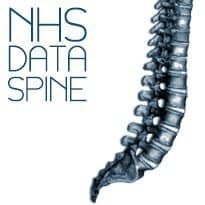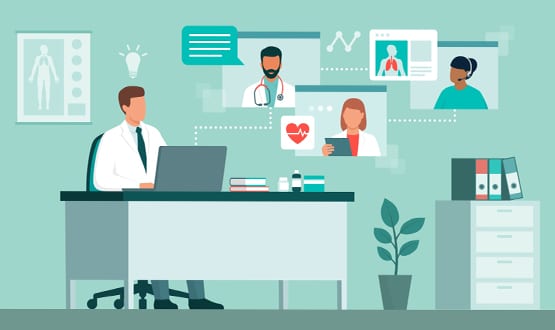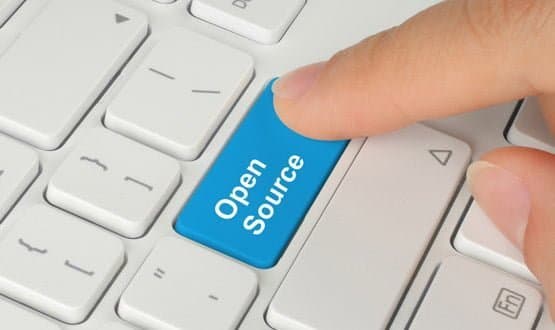Spine2 is alive
- 26 August 2014

The replacement for the NHS data spine, Spine2, went live over the bank holiday weekend.
The NHS Spine is a national repository which supports, and is used by, services such as the electronic prescription service, personal demographics service, Summary Care Record application and Choose and Book.
The new Spine service, which has been build based on open source software, has replaced the old NHS Spine, which has been in use for around a decade.
The infrastructure service, which holds 80m demographic records, 40m Summary Care Records, and is used for 16m prescriptions every month, went live over the weekend.
Speaking to EHI ahead of the go-live, Andrew Meyer, programme head for Spine2 at the Health and Social Care Information Centre, said preparations for the event included a lot of rehearsals and testing.
“There has been lots of preparation. We’ve got to a point where we have a ten-minute plan, so we know exactly where we should be every ten minutes and what we’re doing during the switchover,” he said.
“The key priority is that there is as little impact as possible to the NHS and to the service. We had to make the transition as painless as possible for the NHS. It’s pretty fundamental. It connects clinicians, patients and local service providers through national applications.”
Meyer added that on a typical day, 275,000 people connect to the Spine. The new service, which has been developed by BJSS together with a team from the HSCIC, has been built around the Riak open source database from US company Basho.
“We are running with open source software. We have worked with [Basho] to cover some of the areas where we felt there were some gaps in the product,” said Meyer.
“We’ve seen some improvements in timings with the new software, but obviously the limiting factor is local infrastructure.”
For end users, however, there is not much difference between the old and the new Spine.
“Spine2 is just a replacement for an existing service. It’s a like for like switchover. So the messages sent by the end system to the Spine will be the same, but there may be some differences in the graphical aspects for instance and there will potentially be some changes in the user interfaces,” said Meyer.
Several NHS services use the Spine. These incluce GP2GP, which uses the intermediary messaging, PDS and the Spine portal, and the Child Information Sharing project which is being launched in a phased roll-out continuing in September.
The HSCIC says that during the next 45 days, the new Spine infrasctructure will be under intensive monitoring to ensure it performs as expected.
The Spine will provide an interface to health and social care so the organisaitions can sent, receive and retrieve child protection information using the SCR or a local Spine system.




